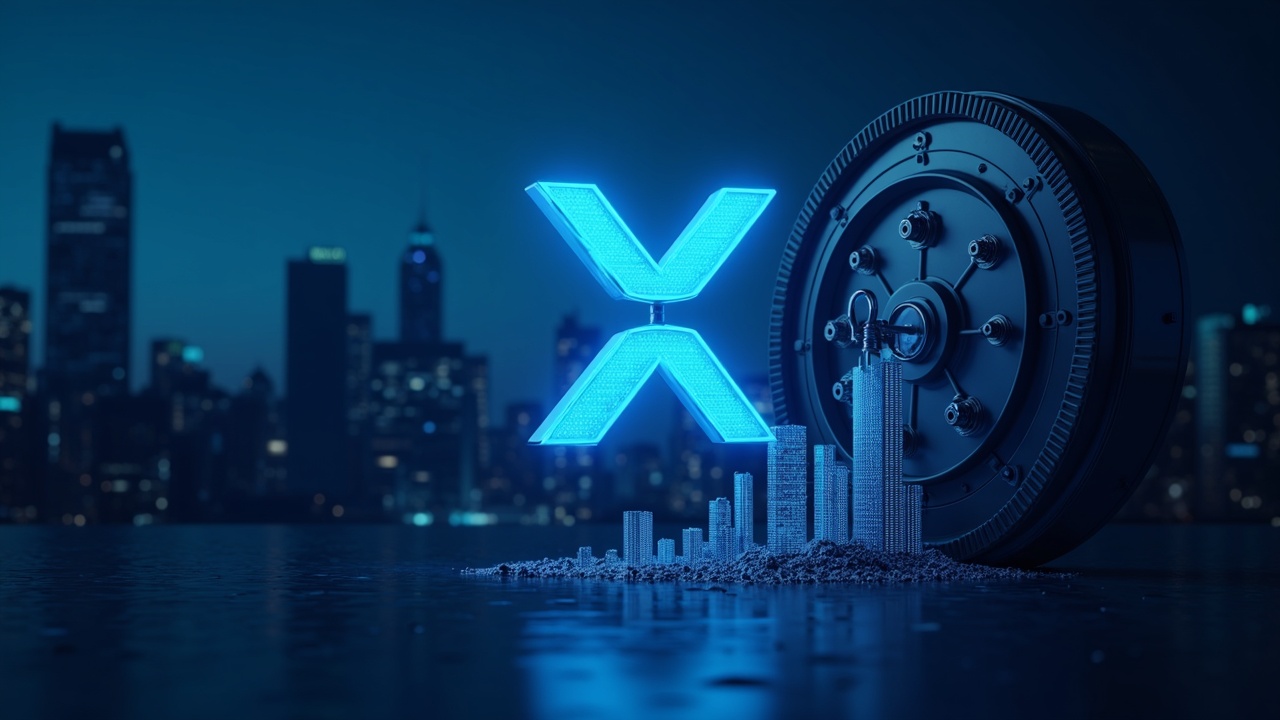The recent launch of spot XRP ETFs has fundamentally reshaped its investment landscape, marking a significant step in the token’s institutional adoption. While this new regulated access has ignited ambitious price predictions, the market is also grappling with the complex realities of supply, demand, and inherent risks.
A New Era of Institutional Access
The institutionalization of XRP took a monumental leap forward with the approval and launch of the first U.S. spot exchange-traded funds. Leading this charge are major asset managers, most notably Franklin Templeton, which brings its $1.5 trillion weight to the market. Their entry lends immense credibility and provides a regulated gateway for traditional investors to gain exposure to XRP without directly holding the cryptocurrency.
The demand for these products has been immediately evident. On a single day in late November, spot XRP ETFs recorded a massive $164 million in net inflows, with Grayscale’s new GXRP fund and Franklin Templeton’s XRPZ leading the way. This enthusiasm was previewed by the debut of Canary Capital’s XRP ETF (XRPC), which shocked markets by pulling in nearly $250 million within its first two days, setting a record for 2025 ETF launches. This wave of institutional products signals that a new, steady source of demand is now being woven into XRP’s market structure.
Navigating the Spectrum of Price Predictions
This institutional catalyst has, unsurprisingly, fueled a wide range of price predictions. In the short term, the price reacted with volatility, jumping 9% to $2.27 following the launch of new ETFs, though it has since faced resistance and tested support around $2.20. Looking further out, some analysts have constructed models based on the demonstrated impact of ETF inflows. One commentary suggests that if XRP can attract significant inflows—for example, $20 billion—it could theoretically propel the price to around $35, while $50 billion could push it toward $168, based on high market-cap multipliers observed in the crypto space.
However, it is crucial to approach the most extreme predictions with a heavy dose of skepticism. Targets of $700 or $1,000 per XRP are considered wildly optimistic and would require a total transformation of the global financial system with XRP at its center, resulting in an almost unimaginable market capitalization of $60 trillion. Most sober analyses suggest that the most sustainable gains will be tied not just to ETF flows, but to the growth of real, on-ledger utility and adoption.

Weighing the Opportunities Against the Risks
For all the excitement, investors must keep a clear-eyed view of the risks. The recent price action itself is a perfect lesson: the Canary ETF’s record-breaking debut was simultaneously accompanied by an 8-9% price drop, highlighting how profit-taking and broader market sell-offs can overwhelm even the most potent bullish catalysts. Furthermore, ETF-driven demand, while powerful, can be fickle. Capital that flows in through regulated products can just as easily flow out if investor sentiment shifts or a more fashionable asset emerges.
Other significant challenges remain. XRP’s supply is notably concentrated, with Ripple Labs holding a large portion of the tokens, which introduces centralization and potential selling pressure concerns. The token also faces intense competition from other smart contract platforms and the lingering, though diminished, specter of regulatory uncertainty.
In summary, XRP is undoubtedly in a stronger position than it was a year ago, bolstered by legitimate institutional backing and clear utility in cross-border payments. The path forward, however, will be determined by the balance between these new sources of demand and the asset’s underlying market dynamics. Sustained growth will depend less on speculative fervor and more on the tangible expansion of the XRP Ledger’s use cases and ecosystem.


